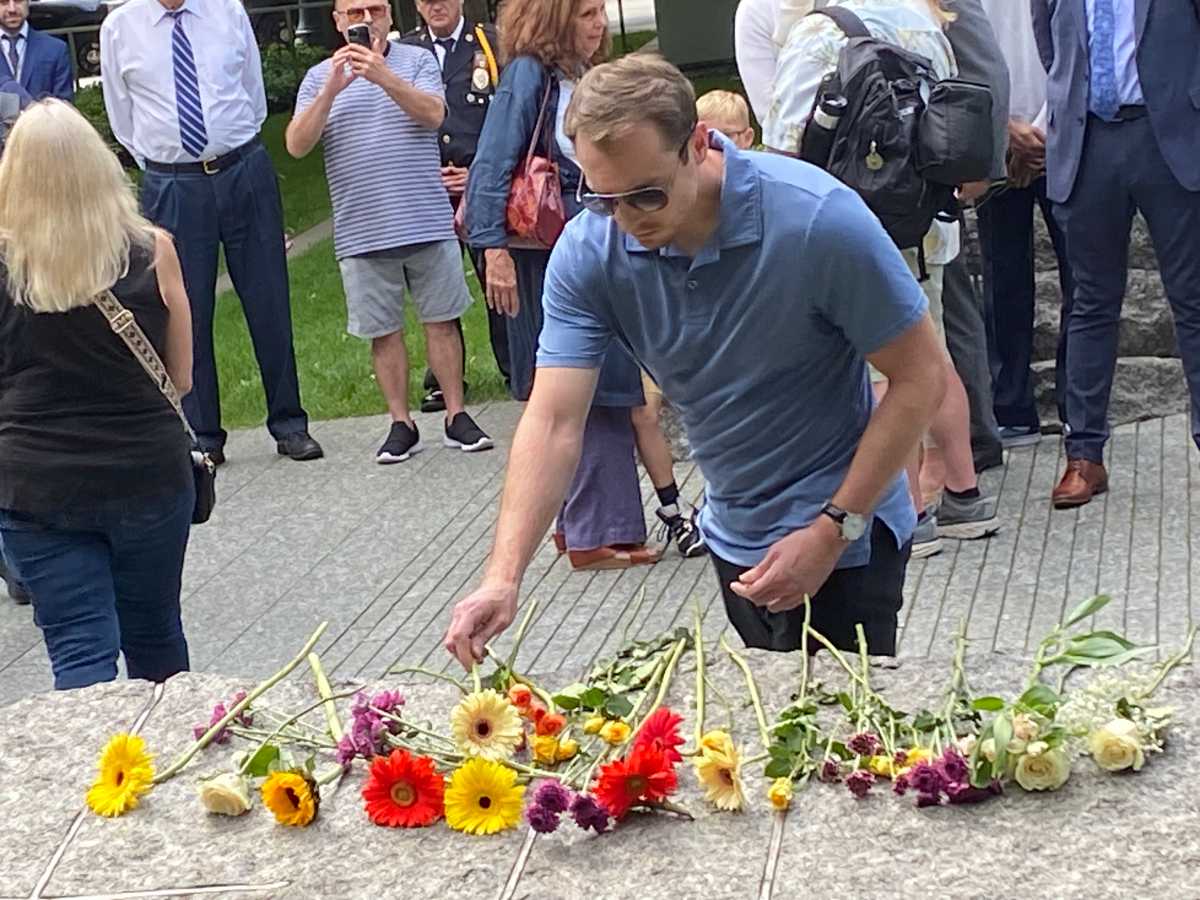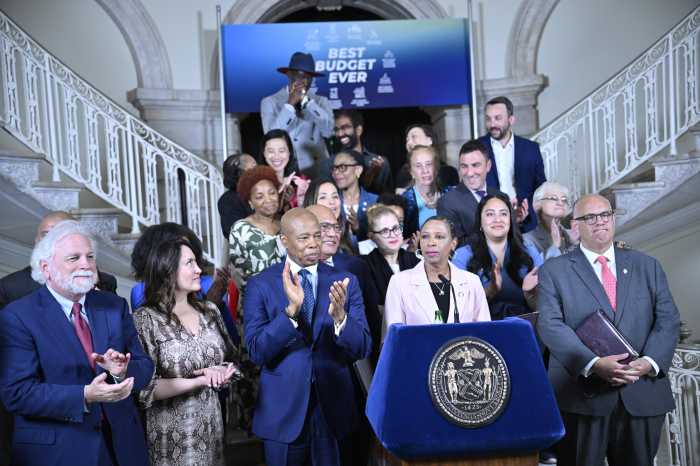Hundreds of people gathered at the September 11 Memorial & Museum in Lower Manhattan on Thursday for the annual commemoration ceremony that recognizes the end of the recovery operation at Ground Zero on May 30, 2002.
After terrorists attacked the World Trade Center on September 11, 2001, killing nearly 3,000 people, NYC mobilized rescue workers from various agencies to save anyone trapped in the horrifying rubble and debris. Very few were saved from the aftermath of the disaster, and rescue efforts quickly turned into a recovery site, known by many New Yorkers even to this day as Ground Zero.
The ceremony recognized the workers who braved dangerous conditions at the tragic site, which was sometimes referred to as “the pile,” a four-story mountain of rubble, dust and debris that was dotted with minefields of hidden fires and smoke for weeks. Although May 30, 2002, marked the end of recovery efforts at Ground Zero, the health issues that would plague many rescue workers and civilians for years to come were only just beginning.
After a moment of silence, Beth Hillman, president and CEO of the museum, spoke about the victims, recovery workers including FDNY and NYPD members, and civilians who lived in Lower Manhattan at the time of the September 11 attacks.
“Contractors, transit workers, city agency workers, relief workers, area residents and students, survivors, family members of those who have lost someone due to 9/11-related illnesses or injuries and many others who participated in rescue and recovery efforts, you transformed this now sacred space into a site of rebuilding and renewal,” Hillman said.
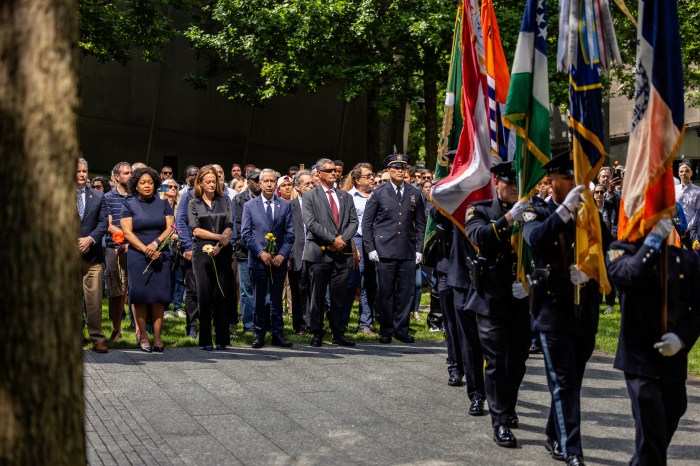
Hillman spoke about the attacks and discussed the health repercussions that many rescue and recovery workers, as well as civilians, are still experiencing today.
“Thousands have become sick or died from exposure and trauma during the aftermath of 9/11,” she said. “The events of that day continue to afflict far too many individuals and their families.”
During the ceremony, Hillman announced the museum’s new exhibit, ‘Dust: Illness and Advocacy,’ which explores the impacts of the toxic dust from 9/11.
The exhibit has on view artifacts including boots, jackets and other protection equipment rescue and recovery workers used at Ground Zero in 2001 and 2002.
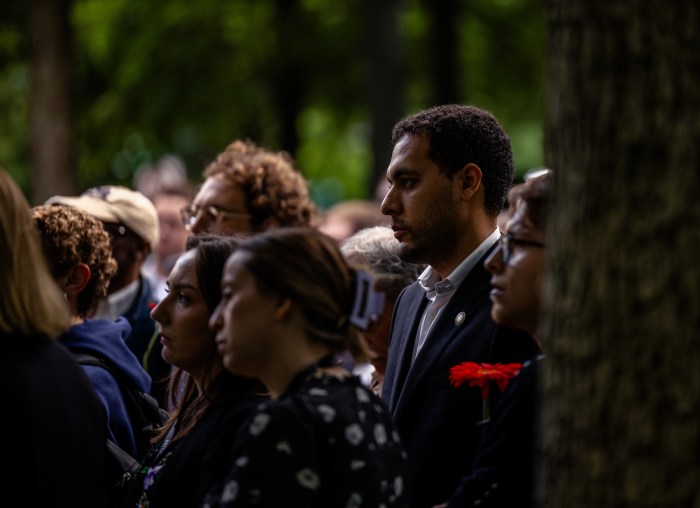
Phil Alvarez, whose brother Lou Alvarez, an NYPD detective who died from 9/11-related cancer and was a fierce advocate for those who worked at Ground Zero, said the ceremony is “not to remember the terrible or the evil, but to remember our heroes.”
Lou worked at Ground Zero for three months. Fifteen years later, when he became sick with cancer from 9/11 toxins, he realized thousands of rescue and recovery workers would get sick, too.
“He felt the government needed to do more. He had stage four cancer and went to speak before Congress in Washington, D.C., not for himself but he knew that after he died there would be many people who would continue to get sick.”
Lou Alvarez spearheaded the effort to establish the 9/11 Victim Compensation Fund. He died in 2019 at age 53.

Kerry Kelly, M.D., was a medical officer with the FDNY and continues to work for the agency in the World Trade Center Health Program. She explained that there was an increase in cancers and other illnesses among FDNY members who worked at Ground Zero shortly after 9/11, and it continues to this day.
“We saw an increase soon after 9/11 because at the fire department we have the ability to see our members on a yearly basis for their medicals,” Kelly explained. “So, we were able to document the changes in their health pre- and post-9/11.”
Initially, doctors saw problems including gastroesophageal reflux disorder and sinus and respiratory problems, and mental health issues. But things became worse as years went by.
“As time went on, we were seeing an uptick in cancer cases,” Kelly said. “That information became critically important because we did have documentation pre-9/11 and post-9/11 of the incidents of cancer in our members. And we continue to see a rise in cancer.”
As of now, the doctor said she has had over 3,000 cases of people with cancer. She added that the deaths from 9/11 illnesses within the FDNY will soon exceed the number of firefighters who died the day of the terrorist attack.
“We lost 343 FDNY members that day. At this point, this coming September, we’ll now have exceeded that number with World Trade Center-related deaths,” she said. “Not all cancer, some respiratory problems, but clearly the rate of illness as well as the deaths related has continued to surge forward.”
As of March 2024, more than 130,000 people were enrolled in the World Trade Center Health Program. More than 37,000 first responders and survivors have World Trade Center Health-certified cancers.
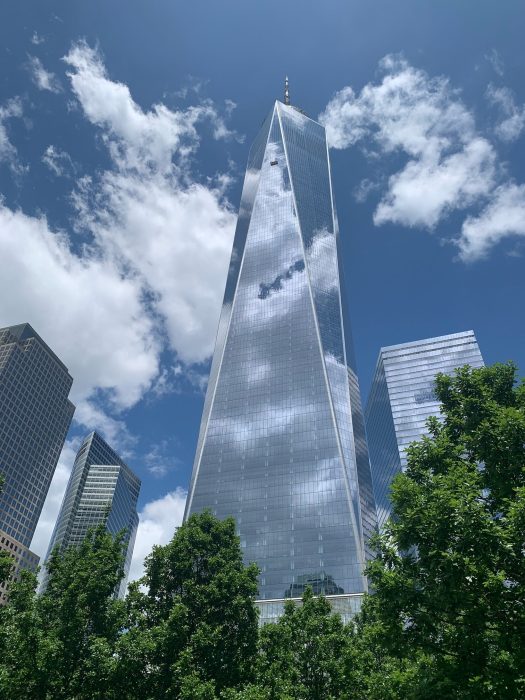
About ‘Dust: Illness and Advocacy,” the new exhibit at the September 11 Memorial & Museum
The museum opened the new exhibit on Wednesday, May 22. The installation explores the effects of the toxic dust that blanketed city streets and coated the insides of homes, businesses and schools.
It also highlights the years-long lobbying efforts of 9/11 advocates who came together to secure congressional funding for immediate and long-term medical monitoring, as well as research and treatment programs.
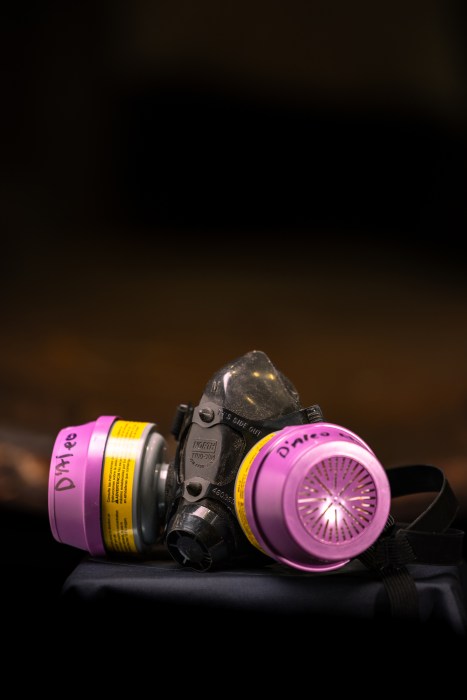
The museum is open Wednesdays-Mondays and select Tuesdays, 9 a.m.-7 p.m. The memorial is open daily, 8 a.m.-8p.m.
Read More: https://www.amny.com/news/



